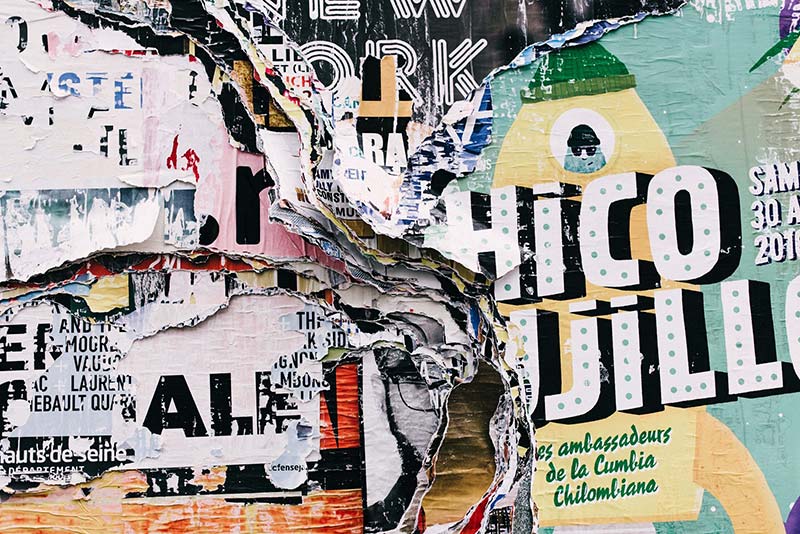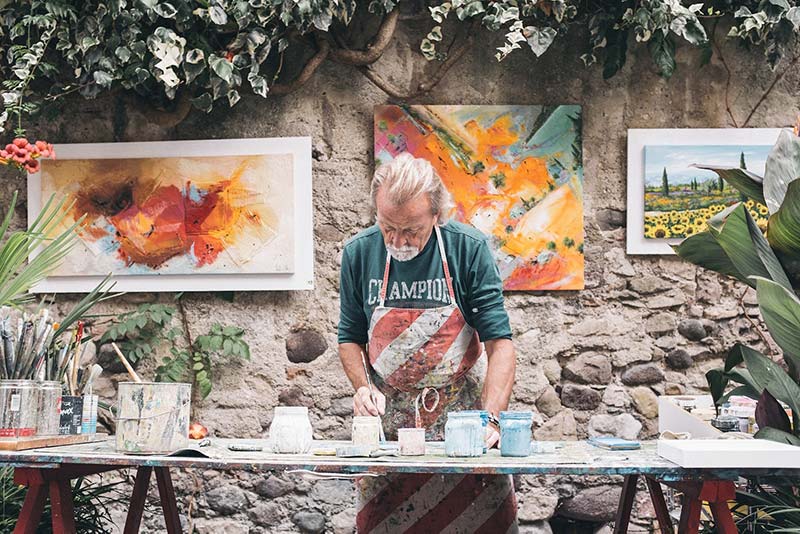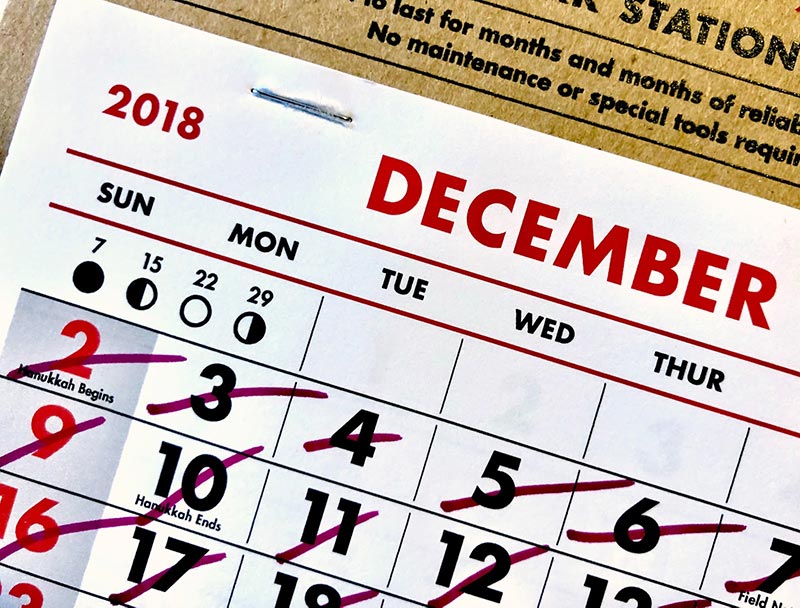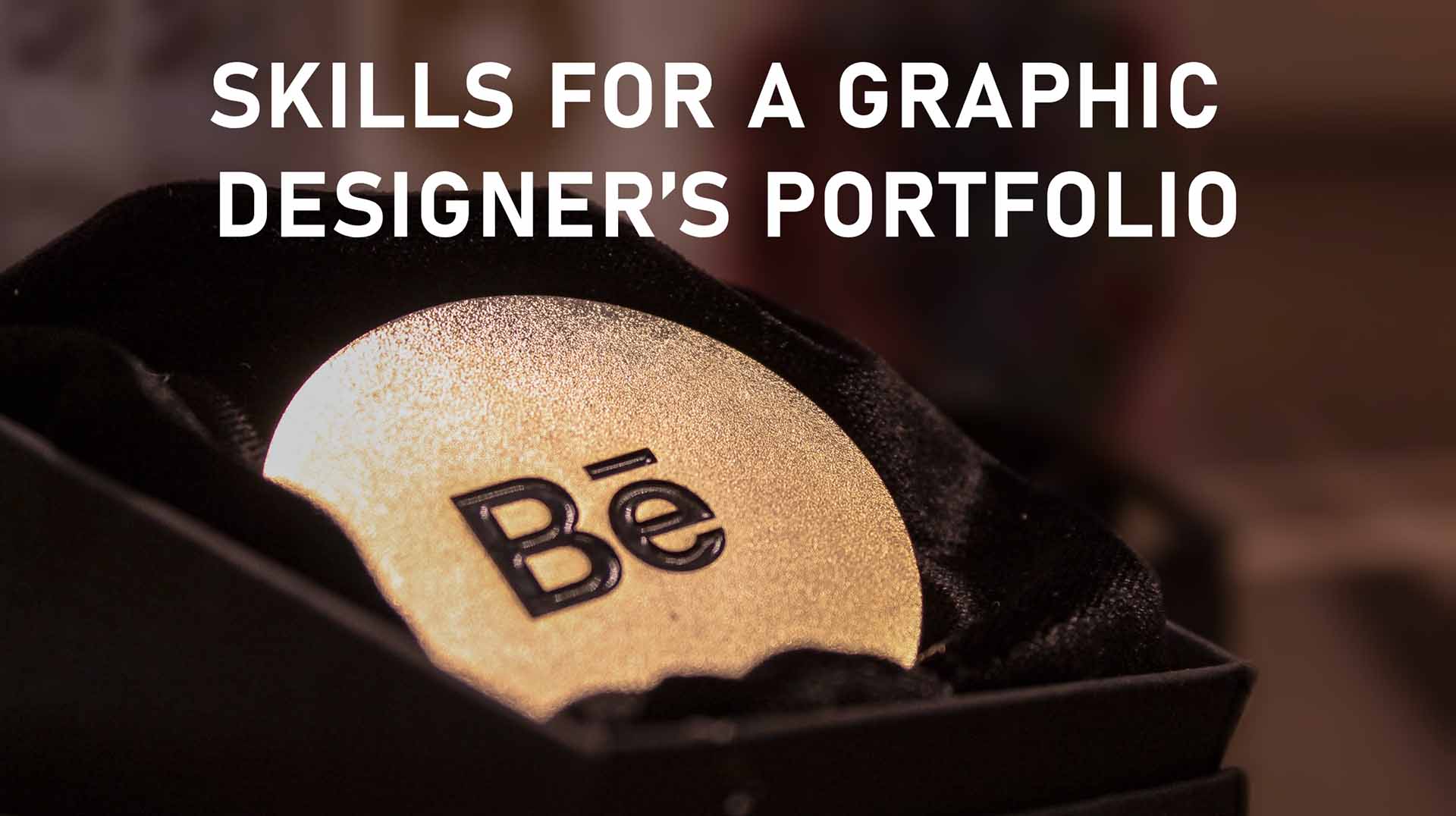What is the first thing you think of when someone says, “This designer has the ultimate skills”?
It is a rather complicated question, to be honest. I mean, it depends on how close you are to the design industry and what part of it you’re related to the most. Skills needed for UX design and packaging design will differ significantly, though some of them will surely be more or less similar.
Well, I bet I can tell you the most common answer – the vast majority of people hearing the words “designer” and “skills” in the same sentence will think of creativity in the first place. I am very double-minded about this – it is, on the one hand, as obvious as 2+2=4, but, on the other one, it has become a big ugly cliché that irritates everyone. Is it worth it to send out a CV to all the design vacancies you’ve found online if it states “creative” in the first place? Will hiring recruiters pay much attention to the word “creativity” in your graphic designer skills if it is repeated in dozens of other resumes?
I doubt it.
You see, I can bet you my comic book collection that it is pretty damn hard to find a good designer whose CV or portfolio doesn’t say “creative”. It’s everywhere, literally. Creativity is essential for designers, but it basically has become some sort of joke because everyone is creative. In fact, it would be sort of creative not to put creativity into your list… Damn, I did drink too much coffee today.
However, what about the rest of the skills needed to be a graphic designer? An interface designer? To get a job in advertising? Are there some qualities that would unite these professions? How should you choose them? Which ones are the most relevant nowadays and will definitely get an “approved for a job” certificate? Let’s try to figure it out.
Table of contents:
Top 8 Graphic Designer’s skills to include in your portfolio.
First of all, let’s figure out what types of skills we have in general. I bet you’ve already heard at some time point the terms hard/technical skills and soft skills. What are they?
In general, hard or technical skills are the abilities of a more narrow direction – they are specific competencies required to complete a certain job or task. Technical skills are mechanical in nature; they are relatively easy to measure and can hardly decrease with time. It’s like riding a bike – if you haven’t done it for a long time, surely you’ll feel uncomfortable at first, but then your brain and your muscle memory will do the job for you.
As for soft skills, they are more situational and individual. These are skills that are necessary for many different spheres, although the way of their implementation differs. Soft skills are more about working with people, cooperation, attitude, common sense, and so on. Long story short, they are more of personal characteristics that do not make you competent enough to complete the task technically but significantly influence your design working process.
Now that we know what we’re dealing with, let’s have a look at the key basic skills in a resume for a creative who wants to work in the field of visual design.
Technical Skills
№1: Research
You might be quite surprised it got here and even took the first place. “Why is it technical?” you think, and that is not at all an unreasonable question.
However, the research is the stage of the project that kicks everything off for a designer. Without the necessary information, the result will most likely not satisfy the customer’s business goals because the only source on which the mockup will base is the designer’s imagination.
Don’t get me wrong, ideas do stem from imagination, but there has to be a certain narrowing of the topic that will set some (not too tight, though) boundaries for a creative mind. That is why it is essential to be able to extract the data you might use – both from customers and from other sources like the Internet.
Research, as for me, includes two essential milestones: creative briefing and checking the open sources for facts, statistics, and trends.
The first one gives you an understanding of the design’s purpose and lets you know every possible info about the company you might use – from the sphere they’re working in to the year when they were established. Anything might give you an idea of what their branding, package, poster, or whatever you are working with might be. If the client says they don’t know how they want the design layout to look like, be sure it’s not entirely true: when you present them something of your vision, they will surely have something to dislike.
Checking up facts and statistics can greatly help you prevent such a situation – you will be able to back up all your creative decisions by objective data and explain why you’ve done this and that, and not something your client wants to see.
Function always first, and research is the first step to it and successful marketing. That is why I put it first among graphic designer requirements skills.
№2: Software

No one can argue with that, knowing your tools is a must and one of the biggest graphic design technical skills. However, I would split it into two subgroups as well.
The first one includes such design software as Adobe Photoshop, Adobe Illustrator, Adobe InDesign, Corel Draw, and whatever else you might find necessary to unleash your inner genius. Such tools are your easel with canvas and a color palette with a brush. These are the actual means of conveying your idea and shaping it, giving it a form, regardless of the vector (pun intended) of your work. You do not have a choice but to master them if you want to be a really good designer.
The second group consists of time and project management software. For example, there might be a situation where your work will require multiple reviewers to check your work and probably suggest some edits, and the greater the scope of the project, the more reviewers your work will have. It is extremely inconvenient to do all that via messengers and email, but there are software solutions that would help you with that a lot. Let’s say you work as a brand manager for a huge company, and there are dozens if not hundreds of people who take part in the rebranding. Gathering the feedback via the traditional way is definitely not an option, so you have to find some kind of an app that would make it clear or store it in one place.
Approval Studio is one of such apps – a professional review tool with comparison modes, reporting, and online communication that was designed by proficient software developers to streamline the artwork approval process. If you’re curious about it – let us know, we will be happy to answer all your questions.
№3: Typography

Bad typography very often becomes a limitless source of memes and gags, dozens of which I regularly see on Twitter or Reddit. You’ll 100% encounter a need to work with it at some point – most often in printing and packaging design. Font choice, size, kerning, and a whole bunch of typographic terms that you have to familiarize yourself with if you want to get more job opportunities.
Typography is something that changes constantly and is a very peculiar part of the whole design process construction that can either make it look stunning or totally kill off the concept. If you’ve never let the latter happen, it is definitely worth including it in your portfolio if you want to pursue a design career.
№4: Ability to graphically execute your vision

Honestly, I used it for lack of a better term and made it too broad intentionally. Transferring your ideas from your head into reality is a very hard-learned skill and one of the core design principles. As well as musicians must be able to play the melody, they imagine knowing the notes and how to connect them using their instrument, designers have to depict the concept they see in their imagination using whatever means possible. Knowing what would look cool is not enough – you have to realize it.
It is not even about using your software or pen and pencil. It is about years of graphic design experience, practice, and constant learning. If you can transfer your vision and ideas to the canvas, place the elements as they need to be placed, pick the sizes, use your knowledge of color theory, and calculate everything to the tiniest details, it tells volumes about you as a designer and your work experience. Call it my answer to the “creativity” cliché – somewhat similar, but much more precise and less random, and that is why it is essential among the skills of a successful graphic designer.
Soft Skills
№5: Communication

It is common knowledge that most problems happen due to miscommunication and result from the inability to understand each other. In the design industry, there is not much difference. Healthy, sound communication skills are very significant when it comes to complicated projects when the whole design agency or creative team must be working on the mockup.
It doesn’t refer to the team exclusively – communication with clients might seem even harder. Knowing your subjects, how to talk, when to talk, and what to say might save your project and earn you a good reputation. If you’re being shy, unsure if you can ask this or that, or do not want to communicate at all, the chances for success become significantly lower. Some might say it is as big a cliché as creativity, but I would rather say that all points from the soft list are clichés; yet, they are essential graphic design skills for a resume. Your salary might depend on it as well.
№6: Problem-solving

I’ve always been saying that designers are like mathematicians of some kind – they have to calculate all the details of the project to understand which designs will bring more benefits to the client. There are, basically, resolving their customer’s business problem by means of graphical imagery. It is very much unlike art – you have certain requirements and conditions that are narrowing down your creative vision, and you still have to provide the best outcome possible. Problem-solving skills are a huge part of the research and the ability to implement your vision, so they definitely have to get a place in your portfolio.
№7: Sticking to the plan

There are two types of people – some do the job according to the plan, trying to divide its amount within the given time to get as effective as possible. And some are the majority who only start panicking when there are 3 days left till the deadline expires. Which type are you?
That is why I believe that the skill of sticking to the plan is considerably more important than planning itself. Planning your work is not an easy job as well, but actually executing the schedule is much harder, and if you can do it, you truly are an expert. The higher the importance and scope of your project are, the more significant will this skill be, and the more valued as a worker you will become (do I sound like Master Yoda or something?).
№8: Flexibility

An absolutely essential skill – not for graphic designers only, but for everyone from product designers to web designers. There are no two similar projects that you get in such careers – that’s the very beauty of the design industry. However, the changes are not necessarily pleasant – might be that you get a much tighter deadline, more demands, problematic client, etc. Long story short – not all the time everything goes smooth, and the job occasionally becomes very stressful. Your job as a designer is to be able to cope with that: work nights, do more thorough research, appoint several extra meetings with a client. It might be especially problematic if you’re a freelancer. In such cases, your task is to remain calm and demonstrate that you are ready to deal with the most irritating situations which sure will happen to you. Employers do value that.
Final Thoughts
There are many graphic design skills a designer might include in their portfolio, but the final choice depends fully on you. I can only generally answer the question “what does a graphic designer need to know to get the job?”. However, the main one thing I can advise – organize your portfolio in a way that will not only state your skills but also will demonstrate them. Wanna show you’re creative? Do something unusual that you’ve never seen done before, focus on something that is really important, avoid trivial and mundane clichés where possible, change levels of the game. Make your portfolio the best representation of yourself, update it regularly, and you’ll manage to improve and always stay on top.
This is The Way.

 TEAM SOLUTIONS
TEAM SOLUTIONS WORKFLOW SOLUTIONS
WORKFLOW SOLUTIONS



 REVIEW TOOL
REVIEW TOOL PROJECT MANAGEMENT
PROJECT MANAGEMENT TOOLS & INTEGRATIONS
TOOLS & INTEGRATIONS
 CLIENT INTERVIEWS
CLIENT INTERVIEWS









